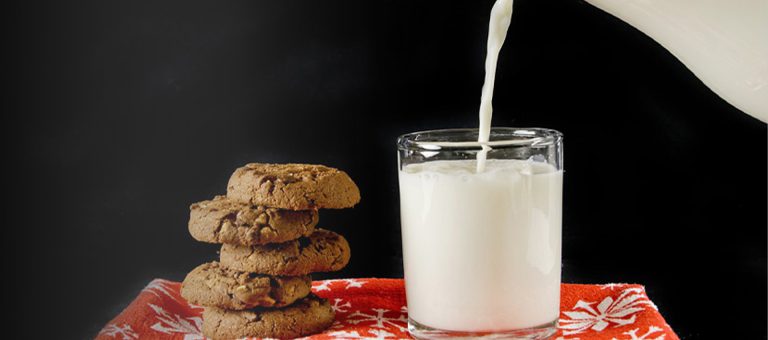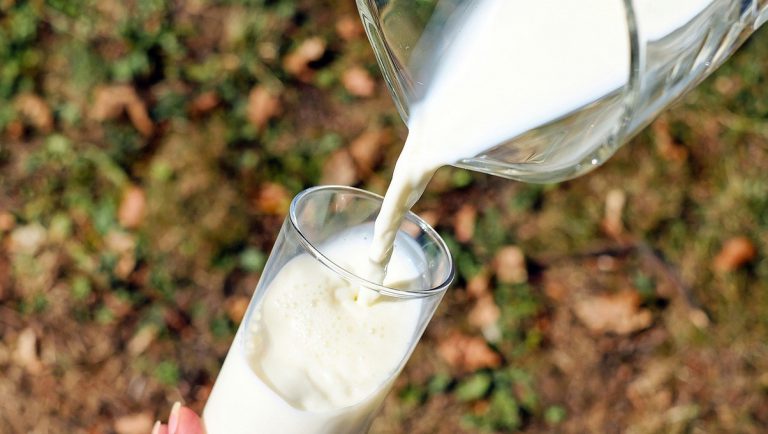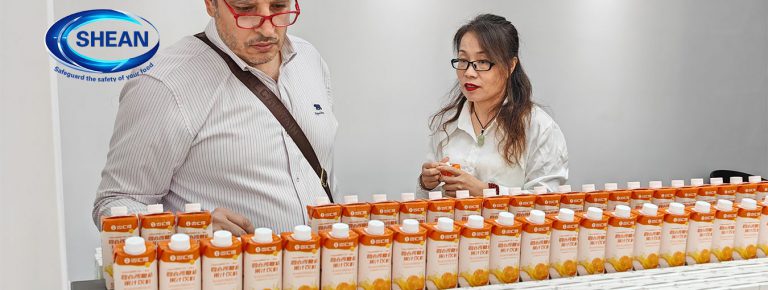
1. Pathogenic bacteria
– Salmonella: Salmonella is a common foodborne pathogen that can cause food poisoning, leading to symptoms such as fever, diarrhea, and abdominal pain.
– E. coli: Certain strains of E. coli (such as O157:H7) produce toxins, resulting in severe intestinal infections and hemolytic uremic syndrome.
– Listeria monocytogenes: Listeria monocytogenes is a pathogen that is resistant to low temperatures and can grow at refrigerated conditions. Infection can lead to severe neurological disorders and miscarriage in pregnant women.
– Staphylococcus aureus**: Staphylococcus aureus can produce enterotoxins, causing food poisoning, with symptoms including nausea, vomiting, and diarrhea.
2. Pathogenic Bacteria
– *Bacillus: Bacillus is a type of bacteria that can form heat-resistant spores. They are commonly found in soil and air. Their spores can survive at high temperatures and may cause milk to deteriorate.
– Clostridium: Clostridium is also a type of bacteria that can form spores. Certain species (such as Clostridium perfringens) can cause severe food spoilage and poisoning.
3. Other harmful microorganisms
– Yeast: Yeast can cause the fermentation of milk, resulting in odors and bubbles, which affect the taste and stability of the product.
– Mold (Mold): Mold can cause milk to deteriorate, producing a musty smell and mold spots.
3. Sterilization Technology
The milk packaged in Tetra Pak containers usually adopts Ultra High Temperature Sterilization (UHT) technology. The milk is heated to 134℃ to 137℃ and kept at this temperature for 4 seconds to kill all the harmful bacteria and microorganisms mentioned above. This sterilization method ensures that the milk can be stored at room temperature for a long time without the need for refrigeration.
The sterility of packaging materials
The packaging materials for Tetra Pak are subjected to strict sterilization during production, typically using hydrogen peroxide or electron beam sterilization techniques, to ensure the sterility of the packaging materials. This step is crucial for preventing bacteria from recontaminating the milk during the packaging process.
Through these strict sterilization and aseptic packaging techniques, the milk packaged in Tetra Pak containers can ensure food safety, extend the shelf life, and provide consumers with high-quality products.







